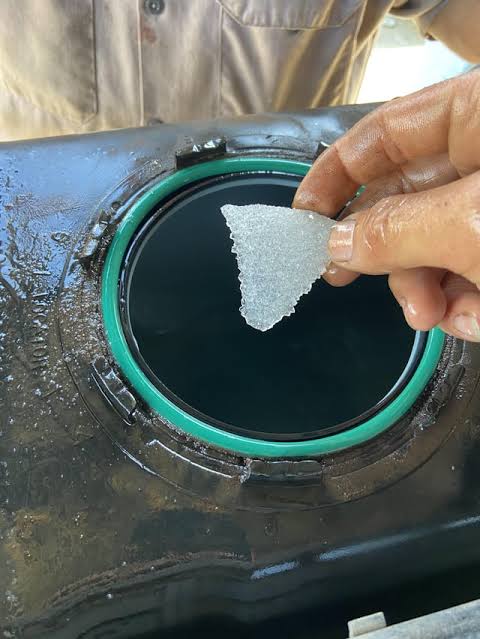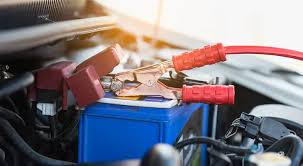Does A Throttle Body Need To Be Programmed?

When it comes to vehicle performance, the throttle body plays a crucial role in regulating the airflow to the engine. Over time, issues with the throttle body can arise, and many car owners may wonder, “Does a throttle body need to be programmed?” The short answer is yes, in some cases, the throttle body does need to be programmed, especially when it’s replaced or repaired. In this article, we will explain the importance of the throttle body, when it requires programming, and how to ensure it’s functioning properly.
What is a Throttle Body?
The throttle body is a component of your car’s air intake system. It controls the amount of air that enters the engine based on the input from the accelerator pedal. The throttle body regulates airflow, which in turn affects engine performance. When you press the gas pedal, it opens the throttle body, allowing more air to flow into the engine, which increases the engine’s power.
Most modern vehicles use drive-by-wire systems, meaning that the throttle body is electronically controlled rather than manually operated by a cable. This shift to electronic throttle control (ETC) has allowed for more precise control of the engine’s performance.
When Does a Throttle Body Need to Be Programmed?
Typically, a throttle body will need to be programmed or calibrated when it’s replaced or repaired. If the throttle body is removed and replaced with a new or refurbished one, the car’s onboard computer (ECU) may need to recalibrate the new throttle body so that it properly integrates with the vehicle’s electronic system.
Here are some scenarios when programming the throttle body may be necessary:
1. Throttle Body Replacement
If the throttle body is replaced with a new or remanufactured part, it will often need to be programmed to match the specifications of the vehicle’s engine control unit (ECU). The ECU needs to recognize the new throttle body and configure it for optimal operation. The process involves syncing the new throttle body to the vehicle’s system.
2. Throttle Body Cleaning or Repair
If the throttle body is cleaned or repaired, programming may still be necessary if the component was removed from the vehicle or disassembled. After reinstallation, the ECU might need to recalibrate the throttle body for proper operation.
3. Throttle Body Reset
Sometimes, a throttle body may require a reset after experiencing certain issues, such as poor throttle response or a check engine light. A reset is done to clear out any stored data in the ECU and allow the system to relearn how to control the airflow correctly.
How is a Throttle Body Programmed?
Programming or calibrating a throttle body typically requires a specialized diagnostic tool that connects to the car’s onboard computer. The process is done in the following steps:
1. Use of a Scan Tool
A mechanic will often use an OBD-II (On-Board Diagnostics) scanner or a manufacturer-specific scan tool to access the vehicle’s ECU. This tool is used to communicate with the ECU and perform the necessary programming or calibration functions. The scan tool will reset or reprogram the throttle body, ensuring it integrates properly with the car’s systems.
2. Throttle Body Learn Procedure
Once the new throttle body is installed, the mechanic will often perform a “throttle body relearn” procedure. This allows the car’s ECU to recognize and adapt to the new throttle body. During this process, the vehicle may need to be driven in order to fully reset the system and ensure smooth throttle response.
3. Clearing Stored Codes
When programming or resetting a throttle body, any error codes stored in the ECU may also need to be cleared. These codes may have been triggered by issues with the previous throttle body or by the installation of a new part. After clearing the codes, the ECU can recalibrate the throttle body properly.
Signs That Your Throttle Body May Need Programming
If you notice any of the following signs, it could indicate that the throttle body requires programming or recalibration:
- Poor acceleration or throttle response: If the car hesitates or struggles to accelerate, it could mean the throttle body isn’t working in sync with the ECU.
- Check engine light: If the check engine light comes on and is associated with a throttle body or related sensors, programming may be required.
- Stalling or rough idling: If the vehicle stalls frequently or idles roughly, this could be a sign of a malfunctioning throttle body that needs to be recalibrated.
- Erratic or fluctuating RPM: If the engine speed fluctuates unexpectedly, this could be due to an improperly calibrated throttle body.
- Throttle position sensor error codes: If your car’s OBD-II scanner detects a malfunction in the throttle position sensor, it may indicate that the throttle body is not properly aligned or calibrated.
Can You Program a Throttle Body Yourself?
While some advanced DIYers may attempt to program the throttle body themselves, it’s generally best left to professionals. The programming process requires specialized equipment and knowledge of the vehicle’s ECU. Attempting to program the throttle body incorrectly can result in further issues or improper engine performance.
If you need to replace or reprogram your throttle body, it’s a good idea to have it done at an authorized service center or by a qualified mechanic to ensure that it is done correctly.
Conclusion
In conclusion, a throttle body may need to be programmed or recalibrated when it is replaced, repaired, or reset. This process ensures that the vehicle’s ECU properly recognizes the new or cleaned throttle body and allows the engine to perform optimally. While the programming itself isn’t something most car owners can do on their own, it’s a relatively simple procedure for a professional mechanic using the appropriate diagnostic tools. If you’re experiencing issues with your throttle body, it’s always a good idea to have it checked and programmed if necessary to avoid performance problems and ensure smooth driving.





